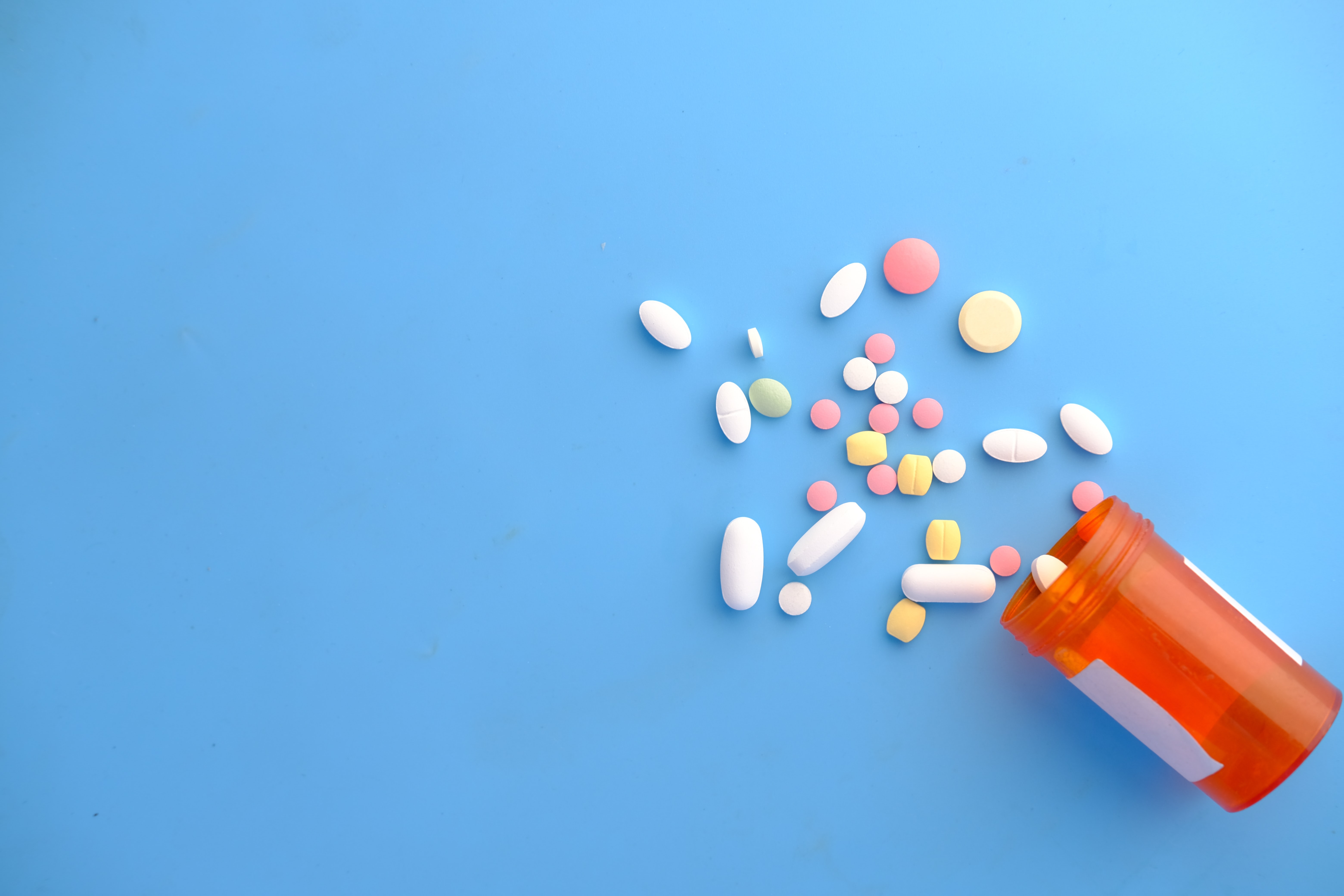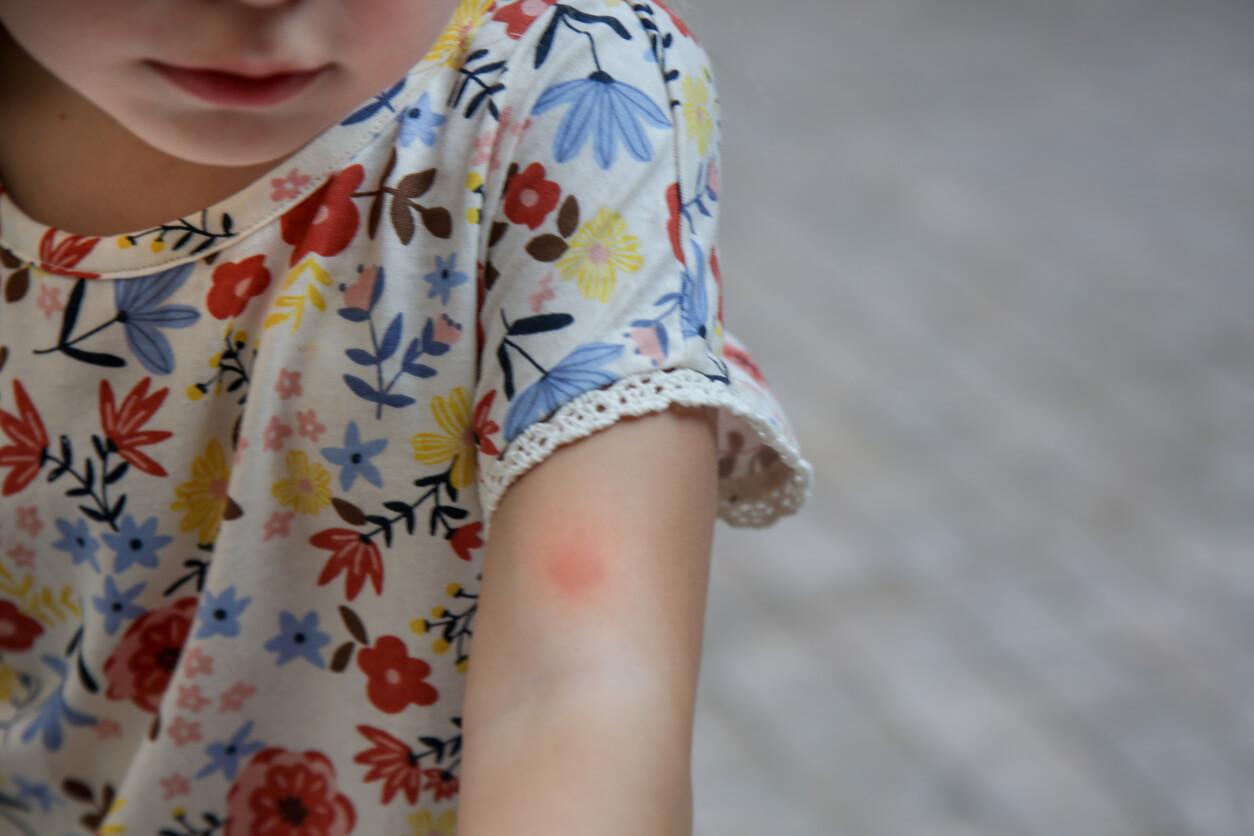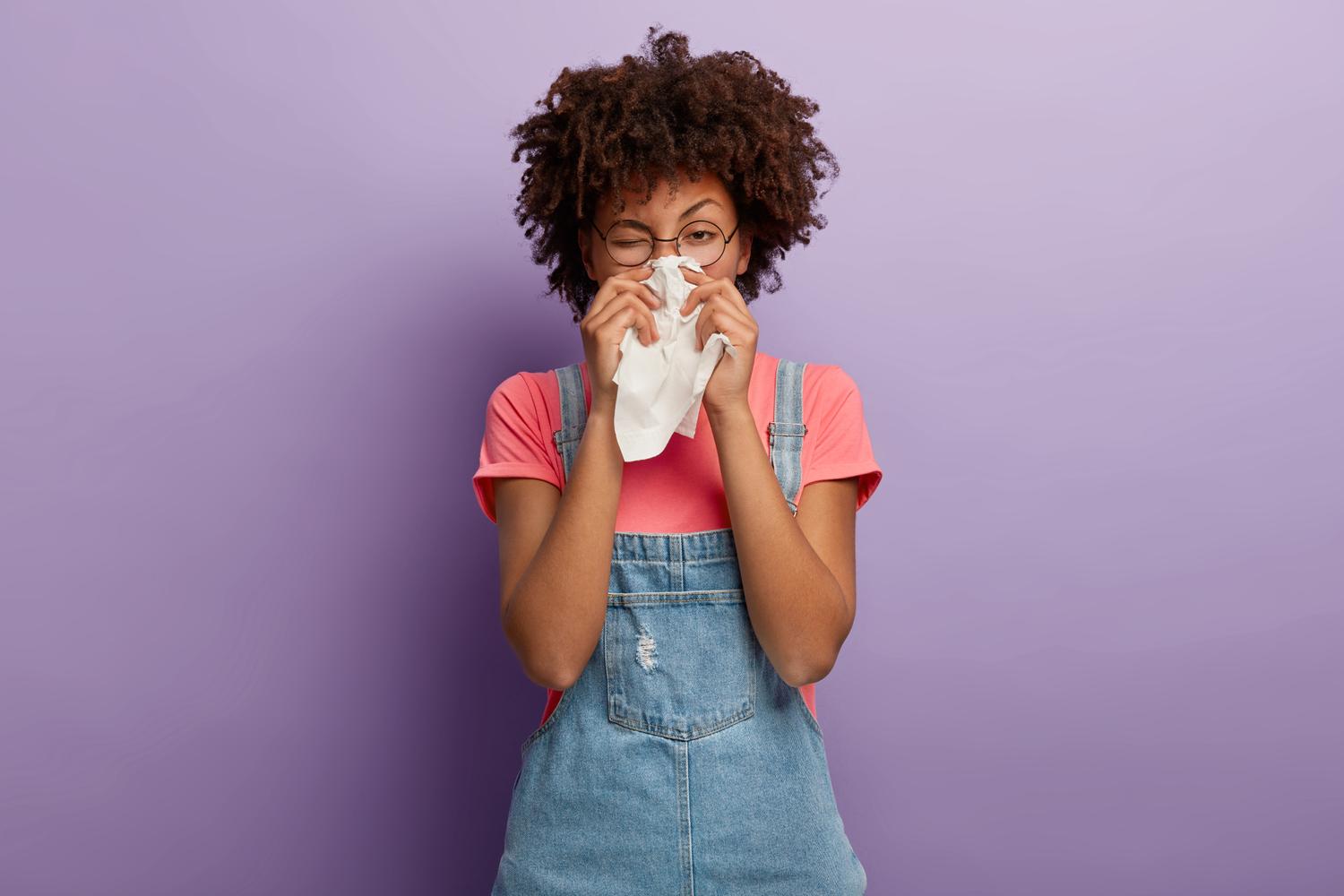Children's Medicine Shortage: What You Need to Know
As the U.S. experiences what experts are calling a “triple-demic,” the overwhelming demand for children’s pain relief medication has caused pharmacies CVS and Walgreens to restrict over-the-counter children’s medicines such as Children’s Tylenol and Motrin. Walgreens has not limited in-store purchases but is restricting online purchases to six fever-reducing products per order, while CVS has imposed a two-product limit on all children’s pain relievers purchases in-store and online.
So how do parents tackle this new development amidst a surge in RSV, COVID-19, and flu cases? We worked with Sesame’s Medical Director, Allison Edwards, MD, to compile some basic facts about the children’s pain medication dosage, fever medications and some useful tips for staying healthy during flu season.
How critical is this shortage?
Unlike the baby formula shortage which occurred earlier this year amongst manufacturers, there is no production shortage of OTC children’s pain medicine. A spokesperson for Walgreens stated that their decision to limit purchases stemmed from “increased demand and various supplier challenges,” and drugmaker Johnson & Johnson noted that they are running production lines around the clock. In other words, retailers like CVS and Walgreens are limiting purchases to support availability for everyone and avoid excess purchases.
This means that supplies will likely vary from one store to another, so looking for these over-the-counter medications on the store shelves at other drug stores or local pharmacies is a great starting point. Caregivers can also consider generic versions of name-brand drugs, which are just as effective and typically more affordable.
What type of pain relief medication should my child be taking?
While children’s pain relief medications such as Children’s Tylenol and Children’s Motrin do not prevent or treat respiratory illnesses like R.S.V., Covid-19, or the flu, they can alleviate a number of symptoms such as fever, headache, muscle aches and sore throat.
Children’s Advil and Children's Motrin are brand names for the anti-inflammatory drug ibuprofen, which is used to treat pain, inflammation, and reduce fever. Children’s Tylenol is a brand name for the drug acetaminophen, which works to reduce pain and fever. As always, it’s best to consult with your doctor or pediatrician to determine what is best for your child.
Can I give my child adult pain relief medications and fever reducers in lieu of children’s medications?
The answer comes down to the age and weight of your child, as well as the form of the medication. If your child is comfortable with taking pills, they don’t require the children’s version of a medication as long as they’re getting the recommended total milligrams. For example, the pill form of Children’s Tylenol contains 160 mg of acetaminophen. A regular Tylenol typically contains 325 mg of acetaminophen. This means that if your child’s age and weight requires 160mg of Tylenol, then you can simply give them half of an adult Tylenol tablet; capsules are too difficult to accurately split.
While liquid medications can be a bit trickier and should only be measured out with a syringe or medication cup or spoon, the same principle applies: aim for an appropriate weight-based milligram total.
The American Academy of Pediatrics has also created helpful dosing tables to calculate the correct amount of pain relief medication for your child:
It’s important to make sure that your child is getting the appropriate dosing of acetaminophen and ibuprofen. Both of these medicines are incredibly safe when taken at appropriate dosing and for short durations. Make sure you take a look at the ingredient list for all medicines you're giving your child – including cough or cold remedies – to make sure that you're not actually giving your little one more than the recommended amount of ibuprofen or acetaminophen.
What other steps can I take to keep my child healthy?
There are a number of easy practices which can help mitigate and prevent the spread of respiratory illnesses amongst young children, including:
- Washing your hands frequently with warm water and soap
- Limiting contact with sick people (or those who are exhibiting symptoms)
- Keeping your hands away from your face – don’t touch your eyes, mouth or nose!
- Regularly disinfecting common surfaces such as bathroom and kitchen countertops, door knobs, and toys that may be shared amongst kids
Knowing the symptoms of respiratory infections such as COVID-19, the flu and RSV is also critical in preventing serious illness. If you notice that your infant or child is experiencing congestion, runny nose, fever, coughing, sore throat, difficulty breathing, or any other symptoms recognized by the CDC, talk to a health care provider immediately to receive a diagnosis and begin treatment.
Related posts

Choosing an over-the-counter anti-inflammatory medicine can be difficult. Here’s how to find the right NSAIDs for you.

Learn about the best over-the-counter muscle relaxers and prescription muscle relaxers. Find out what the differences are and what might work best for you.

There are a wide range of medications on the market intended to ease coughing. In this article, we will detail some of your best options.

Nonsteroidal anti-inflammatory drugs (NSAIDs) treat inflammation and pain symptoms caused by various medical conditions. NSAIDs are also known as pain relievers or painkillers.

Discover how to tell if you have a cold or the flu, key symptoms to watch for, and the best treatment options. Book an online visit with Sesame Care for expert guidance.

Bug bites often result in itchy red bumps or rashes on the skin. This is because the saliva or venom of the bug that bit you causes an allergic reaction in your body.

Allergy season is here, and it’s nothing to sneeze at. From ragweed and mold spores to grass and tree pollen, seasonal allergies affect millions of people worldwide and can cause an immense amount of discomfort and irritation.

Nausea can make you feel miserable and keep you from daily activities. Fortunately, there are lots of medications that can provide nausea relief.

There are a number of reasons why you might need someone else to pick up your prescription for you. It’s possible to have someone get your medication from a pharmacy. Here’s what you need to know about having someone else pick up a prescription for you!
